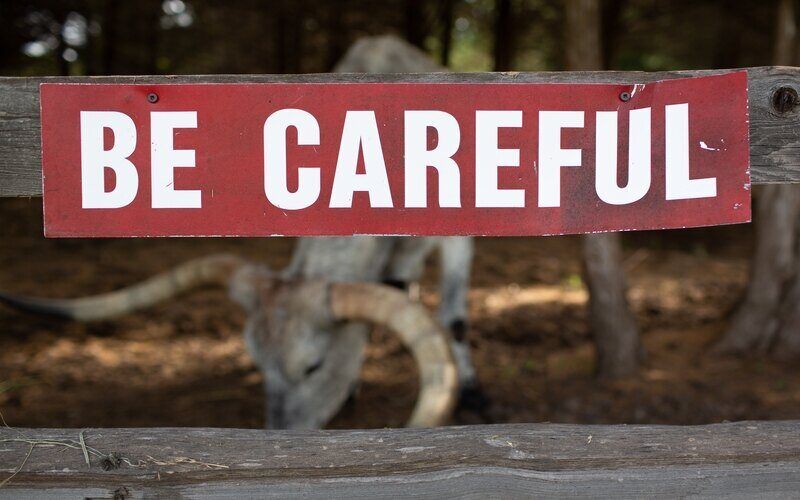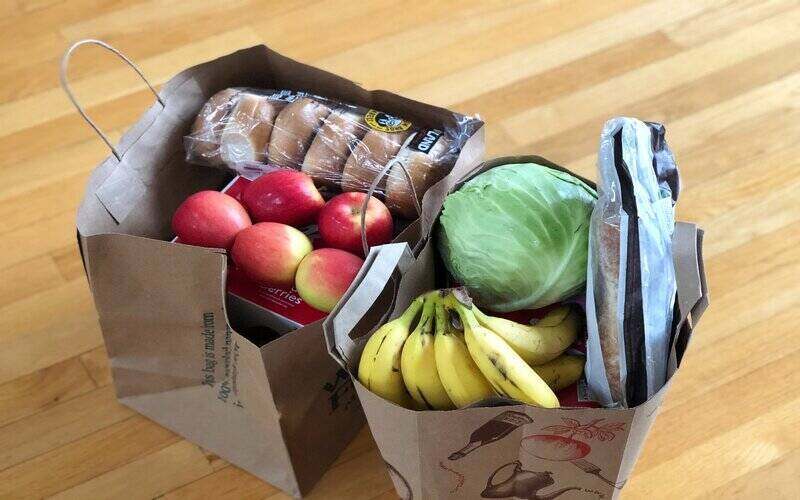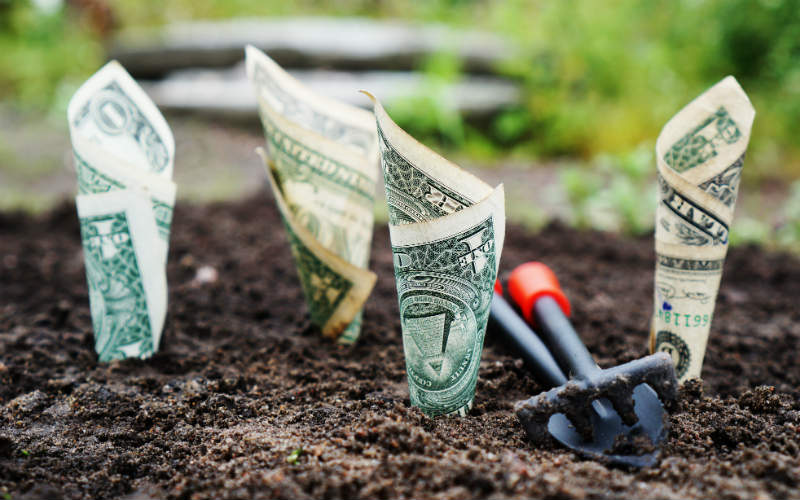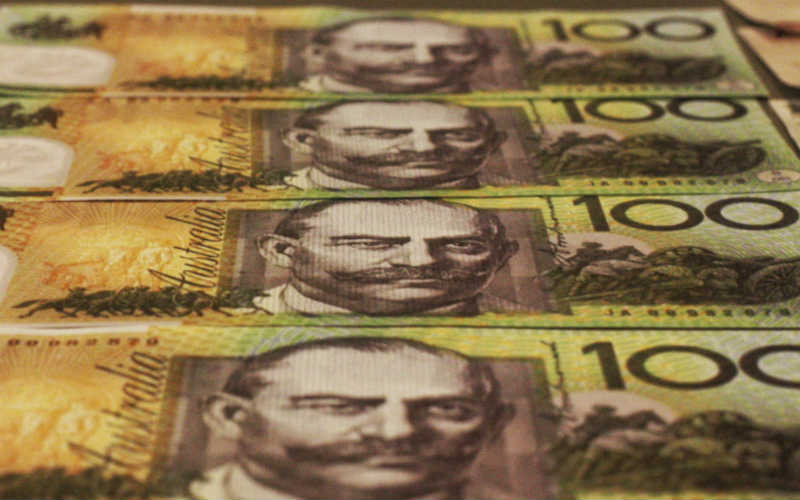For some, saving can be difficult at the best of times but when economic times get tougher, putting money aside can become more challenging across the board.
In June 2024, the InfoChoice State of Aussies' Savings survey asked more than 1,000 Australians how they were saving and spending money in the current cost-of-living crisis.
The findings may surprise you.
Are Aussies actually saving?
The survey found nearly three-quarters of respondents (72.1%) reported their savings balance rose in the past month and, of those, 62.7% reported saving $500 or more.
There was a bit of variation depending on age with younger people more likely to have grown their savings balances over the previous month. Here’s a breakdown:
|
Age group |
Portion increasing savings balance |
|---|---|
|
Gen Z (born 1997-2012) |
76.7% |
|
Millennials (born 1981-1996) |
72.1% |
|
Gen X (born 1965-1980) |
70.5% |
|
Baby Boomers (born 1946-1964) |
69.7% |
Source: InfoChoice State of Aussies’ Savings survey, July 2024
Of those whose savings balances shrunk, 53.9% reported their savings fell by $500 or more. Across the entire sample, nearly one in 10 saw their savings balances drop by $1,000 or more.
Here’s a breakdown of the figures:
|
Total |
1946-1964 |
1965-1980 |
1981-1996 |
1997-2012 |
|
|---|---|---|---|---|---|
|
Rose $1- 499 |
26.9% |
34.6% |
31.8% |
23.8% |
19.0% |
|
Rose $500-999 |
16.2% |
14.6% |
12.0% |
17.1% |
21.7% |
|
Rose $1,000-2,499 |
15.4% |
10.3% |
14.0% |
16.0% |
21.2% |
|
Rose $2,500-4,999 |
7.7% |
3.8% |
7.0% |
9.0% |
9.5% |
|
Rose $5,000 or more |
6.0% |
6.5% |
5.8% |
6.2% |
5.3% |
|
Fell $1-499 |
12.9% |
15.7% |
13.6% |
11.9% |
11.1% |
|
Fell $500-999 |
5.4% |
6.5% |
5.4% |
5.9% |
3.2% |
|
Fell $1,000-2,4999 |
5.3% |
5.4% |
4.7% |
5.7% |
5.3% |
|
Fell $2,500-4,999 |
1.8% |
0.5% |
1.9% |
2.1% |
2.1% |
|
Fell $5,000 or more |
2.6% |
2.2% |
3.9% |
2.3% |
1.6% |
Source: InfoChoice State of Aussies’ Savings survey, July 2024
Among those who had a mortgage, 26.6% reported their savings balance shrunk in the past month, while the figure was greater among renters at 31.5%.
Are Aussies expecting to save in the next month?
For the next month, four in five respondents (80.8%) said they were expecting their savings balances to rise.
Gen Z led the way with 87% expecting to grow their savings while Baby Boomers were least likely to expect their savings balances to rise at 70.3%.
Here are the figures for expectant savers across the generational divide:
|
Total |
1946-1964 |
1965-1980 |
1981-1996 |
1997-2012 |
|
|---|---|---|---|---|---|
|
Rose $1- 499 |
30.2% |
31.9% |
38.8% |
26.9% |
23.8% |
|
Rose $500-999 |
18.9% |
16.8% |
15.1% |
20.2% |
23.8% |
|
Rose $1,000-2,499 |
17.3% |
14.1% |
17.1% |
16.5% |
22.2% |
|
Rose $2,500-4,999 |
7.6% |
2.2% |
5.8% |
10.1% |
10.1% |
|
Rose $5,000 or more |
6.8% |
5.4% |
5.8% |
7.8% |
7.4% |
|
Fell $1-499 |
10.9% |
18.4% |
9.7% |
9.8% |
7.4% |
|
Fell $500-999 |
3.3% |
3.2% |
3.5% |
3.6% |
2.6% |
|
Fell $1,000-2,4999 |
2.2% |
4.3% |
2.7% |
1.3% |
1.1% |
|
Fell $2,500-4,999 |
1.3% |
1.1% |
0.8% |
1.8% |
1.1% |
|
Fell $5,000 or more |
1.6% |
2.7% |
0.8% |
2.1% |
0.5 |
Source: InfoChoice State of Aussies’ Savings survey, July 2024
What do the official figures say?
The Australian Bureau of Statistics keeps track of household savings as a percentage of income. Its latest figures show the household saving ratio was 0.6% for the June 2024 quarter, down from 1.7% 12 months ago, both figures seasonally adjusted.
It’s a modest step up from the September 2023 quarter when household savings dropped to just 0.1%, the lowest level since 2007.
The household savings ratio hit a high of 24% in the June 2020 quarter when Australians were locked down during the Covid pandemic, with government stimulus and support payments boosting the amount of money circulating in the economy.
It remains to be seen whether Australians will save or spend the extra cash in their pockets from the federal government’s so-called stage three tax cuts that came into effect in July, as well as energy subsidies announced in the federal and some state budgets.
The figures also do not take into account the $271.7 billion Australians have in offset accounts as at the end of the March 2024 quarter, the third successive peak for offset balances in the quarterly numbers.
Image by Annie Spratt on Unsplash


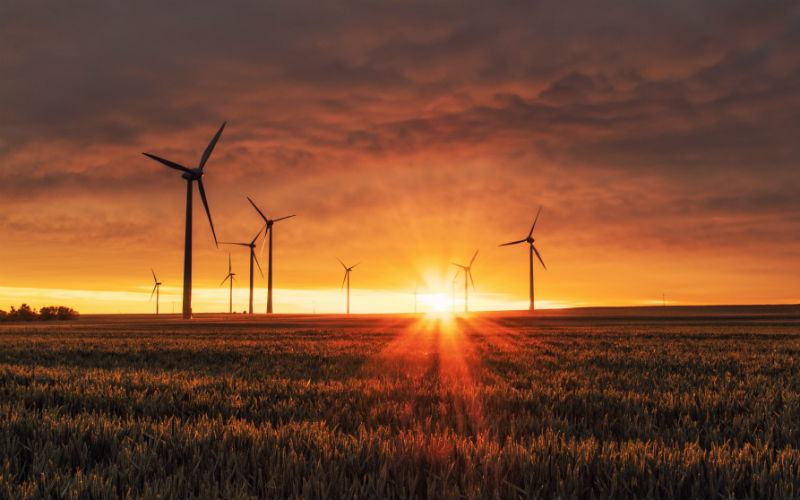
 William Jolly
William Jolly
 Brooke Cooper
Brooke Cooper


